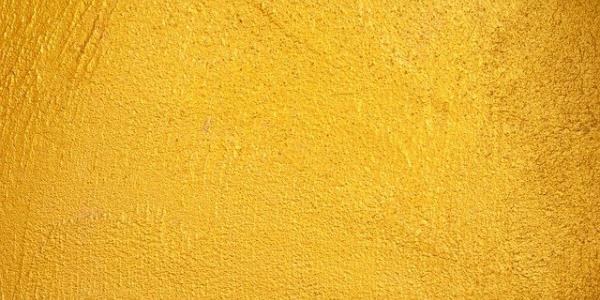Open Access at the University of Milan
There are several types of Open Access publications, with different publishing processes, which are commonly described using a colour system: green, gold, diamond and bronze, plus the hybrid category.
The University of Milan promotes the free publication of articles in journals and monographs, with its own policy and tools that are in line with the best national and international standards, under the following OA models: green, diamond and gold.
On Hybrid Open Access, we have chosen not to support the payment of APCs for hybrid journals in line with the LERU petition Christmas Is Over, while Bronze Open Access is the exclusive prerogative of publishers.
Open access comes in different forms:
- Diamond - publication in a fully open-access scholar-led setting, in which neither the author nor the reader pays - an institution bears all costs upstream;
- Green - reprint of an article in an institutional repository in a form other than the one published, but with the same content, which is known as post-print or Author Accepted Manuscript (AAM), or in the pre-print version submitted to the publisher). Publishers set various embargo periods, which vary by journal;
- Gold - institutions pay an article processing charge (APC) so that an article, once accepted, can be rendered open access in a publishing context where only open-access articles are published;
- Gold Open Access in hybrid publishing contexts - institutions pay an article processing charge (APC) so that an article, once accepted, can be rendered open access in a publishing context where articles are generally published on a subscription basis. This is where “double dipping” happens, something strenuously discouraged by research-funding entities, as well as by LERU. In fact, LERU has generated an ad-hoc petition on this issue (of which the University of Milan is a signatory);
- Open Access in Transformative Agreements - which involves, for the moment, a portion of the hybrid publisher catalogue. Please note that open access in transformative agreements applies only to articles, whereas other open-access forms involve articles, books, and book chapters;
- Bronze - not actually an open-access format. Publishers can opt to make a series of articles available (for free) for a certain period of time, without the right to reuse. This option was used during the Covid-19 health emergency, for instance.
Double dipping is the term applied to the practice of hybrid publishers charging the same institution both subscription fees and article processing charges (APCs). To provide an example, if a university pays a Euro 1,000 subscription charge, and then three of its scholars pay three separate Euro 3,000 APCs for open access, the university has now paid the publisher Euro 10,000, of which Euro 9,000 was overpaid.
The University of Milan has signed, along with other LERU members, a petition dubbed “Christmas is Over”and has pledged NOT to condone payments of APCs to hybrid journals. Consequently, University APC funds are restricted to pure open-access journals.
This was done with a view towards optimal stewardship of public funds. Researchers are free to choose the best publishing setting for their work, where they can publish without paying a cent.
The same reasoning holds true for “double dipping” whereby some publishers offer discounts on APCs. Here again the institution would be overspending (public funds).
What are the options for an author?
Authors who are not restricted to do so by their funding or grants can publish their own Author Accepted Manuscript on the AIR institutional repository with the embargo required by the publisher.
Authors subject to restrictions imposed by their grantor or funder may utilise, ex-ante, a rights retention strategy, alerting the publisher that they have a duty toward their financing entity, and publish their own Author Accepted Manuscript without any embargo on the institutional repository.
With Green Open Access (or self-archiving) it is possible to republish works already published by traditional publishers in an institutional (or disciplinary) repository. This Open Access mode has no cost and is standardised by publishers (for editorial policies see Sherpa Romeo).
The Institutional Research Repository (IRR) is a Green Open Access tool, with its own policy. The IRR collects articles, monographs, essays, edited books, conference speeches, working papers and all the University doctoral theses starting from 2010.


On the Power BI platform, you can view the share of Gold and Green Open Access publications on our annual total of publications.
Diamond Open Access is the most advanced form of free access to research data and findings, as free access applies from the time of publication.
In line with Diamond Access standards, the University has implemented an e-publishing platform based on the Open Journal System (OJS) - riviste.unimi.it The University e-publishing platform, with its magazines and book collections, is one of the largest in Italy and boasts high access and download figures.
Its magazines are indexed in the Directory of Open Access Journals and editorial policies are surveyed by Sherpa Romeo. The University offers technical assistance and advice to editors starting up new electronic magazines or digital versions of print magazines. Editors meet regularly to discuss critical issues and share good practices.

The University of Milan publishes over 50 open access scientific journals, all independently managed by their own scientific committees.
As part of the European Open APC Project, the University of Milan has been sharing with other scientific communities data on APCs paid to gold and hybrid journals since 2016.


The University provides funding for Gold Open Access publications in (non-hybrid) journals.

